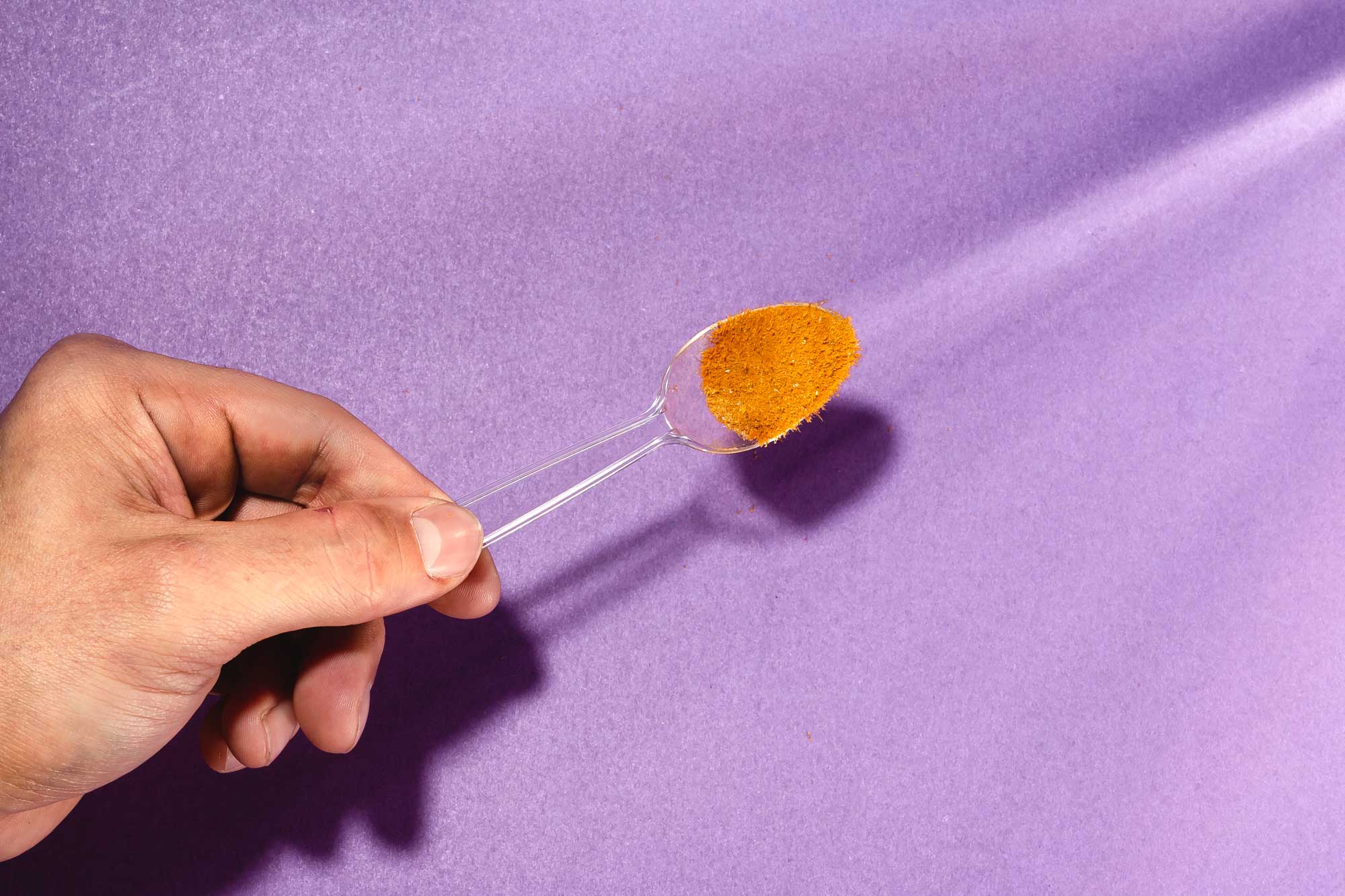Got a hole in your beloved sweater or a rip in your favourite jeans? A few stitches could give them a new life – but only if you know how. That’s where Fixing Fashion comes in. Meet the global community on a mission to make mending an enduring trend.
Amieke Walker, Japan
“I have a sweater that was starting to look really shabby so I thought I should throw it away. Then I read about visible mending and the Fixing Fashion community and decided to try repairing it. Now I wear the sweater all the time.
Visible mending is about wearing your mending with pride. It’s like a badge of honour – showing that you care about your clothes and are sustaining them for as long as possible. I also think it looks really cool, adding a fun element to your clothing. You can be very creative.

“It’s like a badge of honour – showing that you care about your clothes and are sustaining them for as long as possible”
Amieke Walker
I teach English at a Japanese middle school, which is quite formal, but when I wore my mends to work, my colleagues were very interested. Now we’ve made plans to do some mending together.
Because the mending is visible, with colourful contrasting thread, people notice it and want to talk about it. You don’t want to get preachy and talk about environmental topics sometimes because people can get defensive, but this sparks people’s interest and naturally leads to those conversations.
Ana Ferreira, Portugal
“My grandmother showed me how to work on my clothes. She gave me her old shorts and I covered them in my own print – using mushrooms. I’m really proud of them and wear them a lot.
Mushrooms are amazing: there’s even a kind that can eat plastic, so that’s why I always like adding mushroom patterns. They’ve become my ‘signature’. When friends give me clothes with a stain or something and I just paint a mushroom there. I’ve started growing my own mushrooms now. I don’t want to buy extra materials, I want to use what I have, what I can grow – and eat!
“I haven’t bought a new T-shirt in more than a year. That’s a big source of pleasure for me”
Ana Ferreira
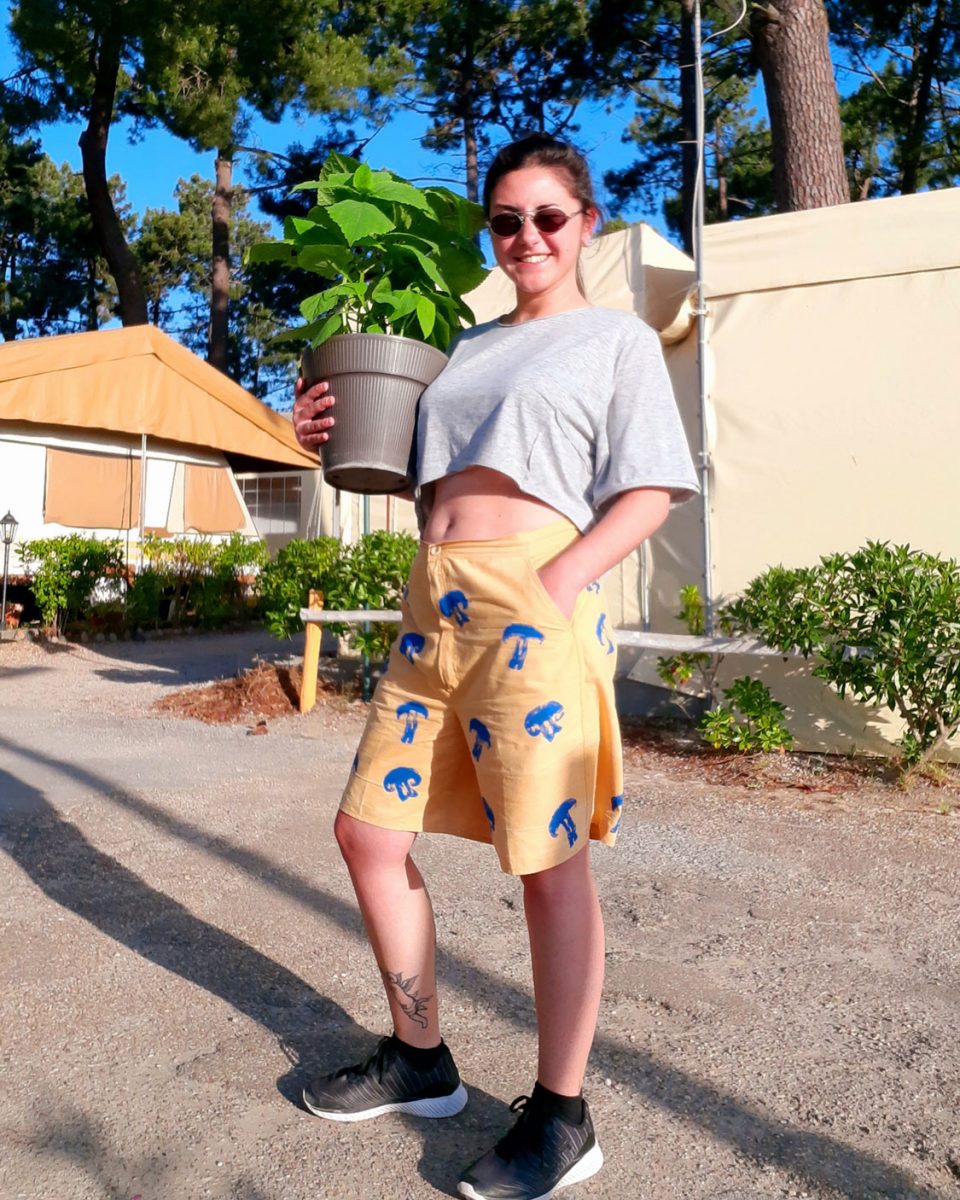
The fabric used in older clothes is a better quality than the fabrics made now. My wardrobe is full of old stuff that I get from friends or family that I change a bit myself. I haven’t bought a new T-shirt in more than a year. That’s a big source of pleasure for me. I also enjoy being able to add my own personality to what I wear and not giving my money to the big fashion companies.
For me, it’s about combining my grandmother’s old-style mending with new designs. Then you’re capable of everything. My friends also want their clothes to be unique now and we discuss projects together.
It’s super nice and important to see that people are changing their minds about new clothes. When you bring your ideas to a piece of clothing, you can always change it to suit you. The main point is not putting it in the trash.”

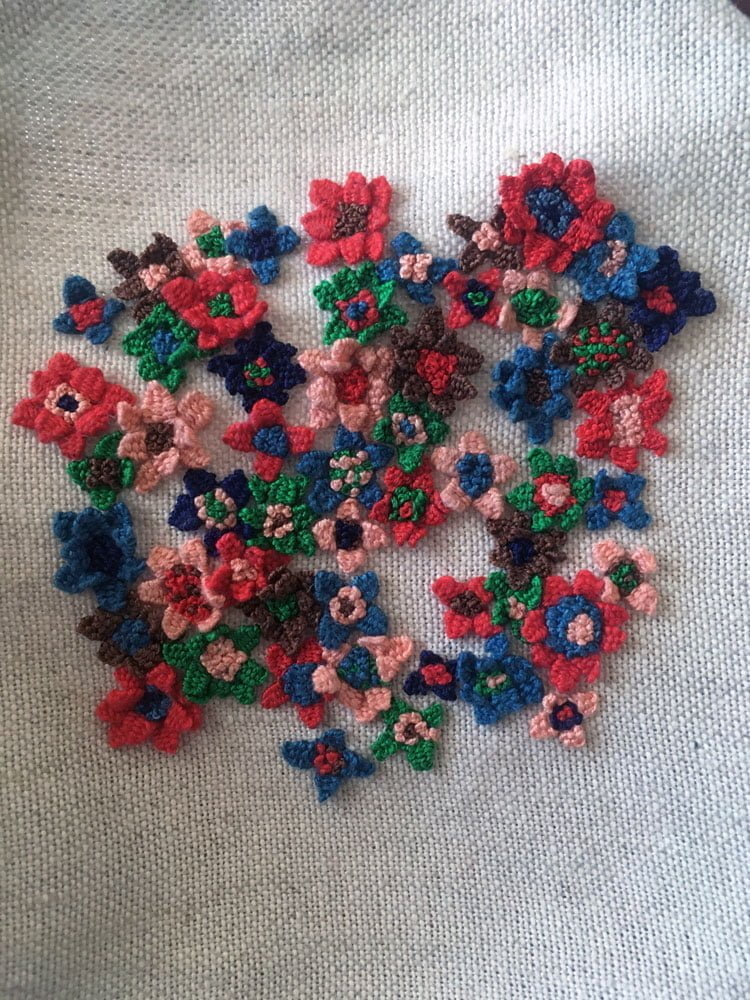
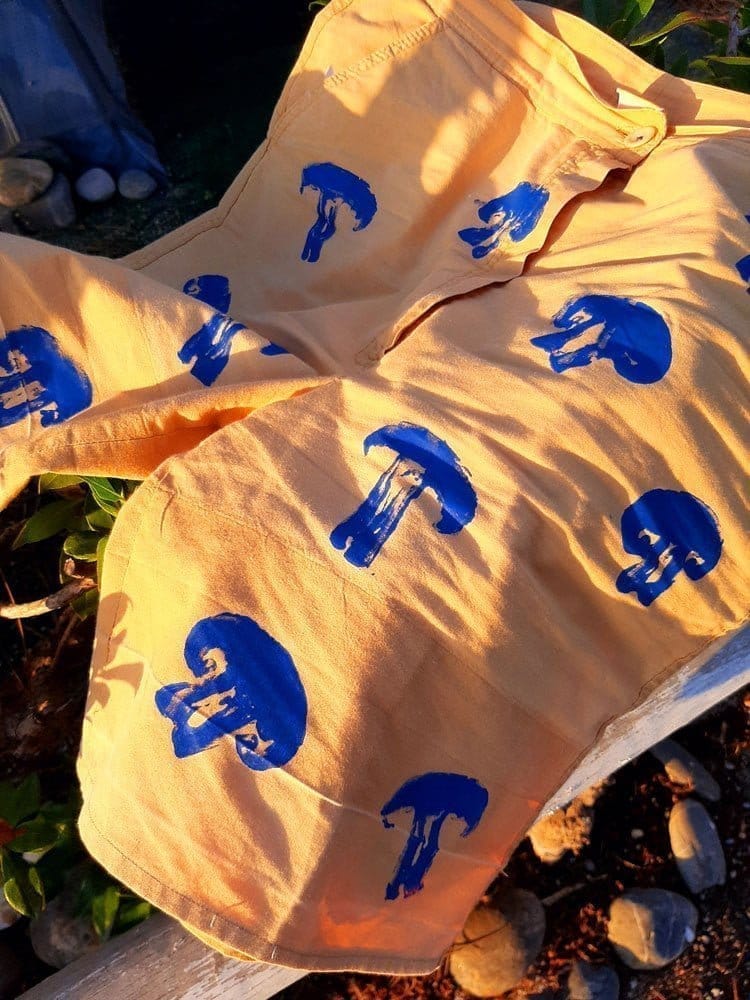



Danny Chambers, US
“I’d been coming off of a few years of pretty intense work at Nike, working on footwear design, and that’s when I got more interested in sustainability. After seeing what was happening at Nike, on a really large scale, I was searching for alternatives that were happening from the ground up. That’s how I got involved in the Fixing Fashion community.
I have these climbing trousers and there’s probably about 10 hours of mending in them, because I was learning and re-mending them over and over again. I got them on a trip to Alaska and they’ve been around the world. Every piece of clothing has a story.

“It’s catching on with my friends and family. There’s such good energy when you’re sitting around mending stuff”
Danny Chambers
Now, after I’ve mended something, I cut out the label, flip it inside out and sew it to the outside, so it becomes like my own brand. I get a lot more comments on things I’ve mended than on things I’ve spent a lot of money on. It’s always positive.
It’s catching on with my friends and family. There’s such good energy when you’re sitting around mending stuff. Once you tie the needle and thread together and get going it’s really simple, especially if you see someone do it. You can start with the basics in the Fixing Fashion Academy tutorial videos and expand from there. I’ve also picked up a lot of things from their community.
For me it’s a really big part of staying grounded within the climate collapse. I think it’s essential to connect your personal practices to these global issues. It’s part of living a life that’s more in consideration of our species’ relationship with the rest of the earth. It’s easy to just write it off as a big problem, but it’s extremely important when we have these problems to consider the alternatives and solutions there right in front of us. I believe in looking for things that we can do better every day to participate in change.
I really like the work of designer Jonathan Chapman, who talks about ‘emotionally durable’ design and how we have all these materials that are materially durable, but we don’t love them for a long time. I think that mending is an exciting way to get closer to the objects around us.
Meredith Danberg-Ficarelli, US
“Since coming across the Fixing Fashion community I’ve repaired torn denim, holes in shirts and sweaters, I’ve darned socks, replaced buttons, and covered over fraying hems. So many things still have a useful life.
I’m so glad that this community has such great procedures to follow for standard repairs. I have friends who have started mending their clothes after seeing that it doesn’t require a lot of effort, and it looks awesome even if you have no idea what you’re doing.
People are usually impressed when they hear that I’m wearing something that I repaired. Some say they ‘could never’ mend their clothes, so having a great and easy resource to share with people who might be on the fence is so important.
“It looks awesome even if you have no idea what you’re doing”
Meredith Danberg-Ficarelli

Fixing fashion is just one checkbox on the ‘to do’ list for those of us working to build a circular global economy.
Human lives and natural resources are seen as raw materials, not precious elements of an ecosystem. Artificially low wages lead people to depend on inexpensive and very poor quality clothing as necessities.
Sure, individuals need to change their behaviour: we need to buy less, save up to buy better and longer-lasting items, and shift our perspectives, recognising that ‘needs’ and ‘wants’ are different things. But individual actions alone will not solve the problem. Systemic change will require a complete overturning of the status quo.”
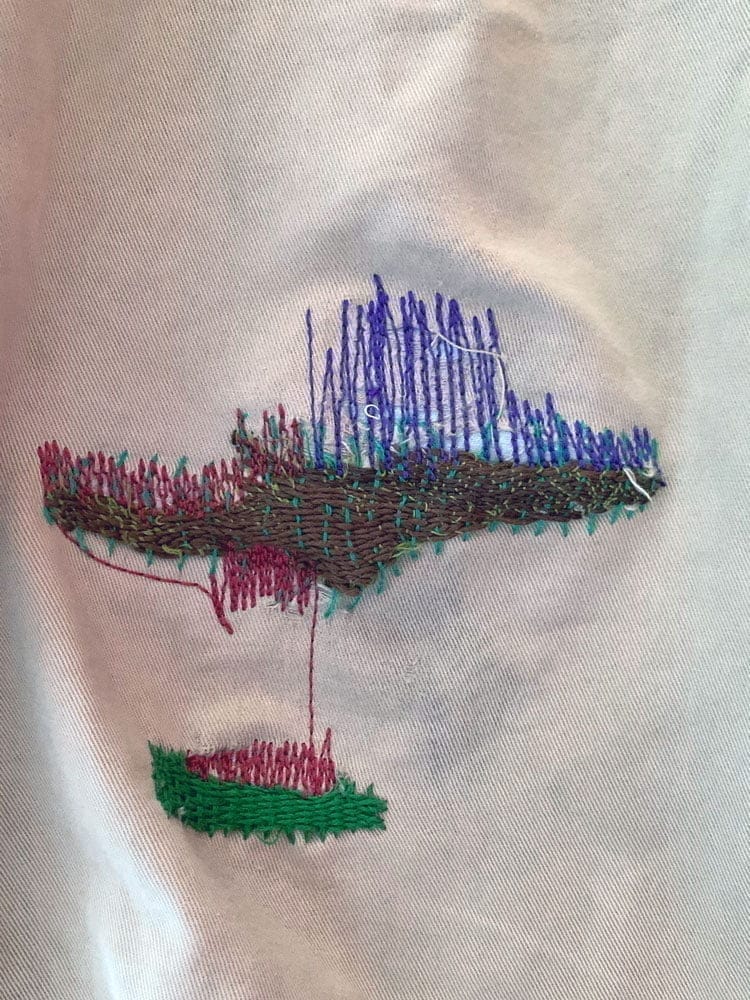
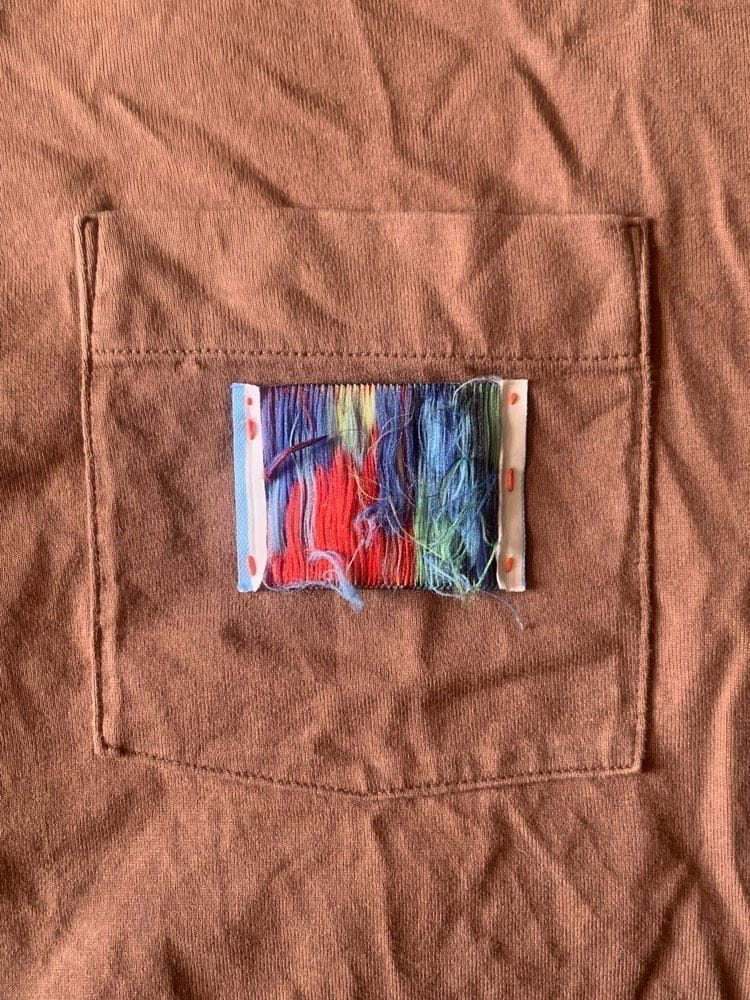




Anyone can mend
The most sustainable clothes are the ones you already have. Learn how to make them last longer with Fixing Fashion. This new online resource offers all you need to get started.
Visit the websiteGet inspired with this cool collection of ideas and techniques you can replicate at home, from repairing to resizing, recolouring and decorating.
Find inspirationHone your skills and learn new ones in Fixing Fashion’s online academy, complete with easy-to-follow video tutorials.
Learn techniquesInterested in the same can-do approach to recycling? Discover Precious Plastic – the online community helping anyone to start their own recycling workshop.
Discover recyclingBoth Precious Plastic and Fixing Fashion are part of One Army, a solutions-focused foundation founded by Dutch designer Dave Hakkens. One Army is a 5 Media impact partner.

Fixing Fashion and 5
Fixing Fashion is part of One Army, which is one of 5’s partners. 5 is an impact media foundation which helps its partners maximise their impact by telling their stories. In some cases we also provide financial or other support. We produce our content independently and we don’t take payment for coverage. Find out more about our work with One Army and our other partners here.
Ocean of opportunities
Food solutions





